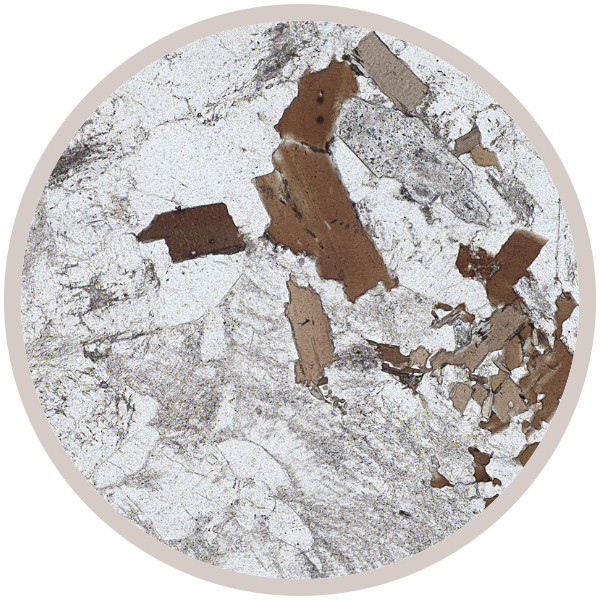
Fact sheet
Collected by Jim Miller for his thesis on Bolivian granites
Supervised by Nigel Harris
B85/147a - location found using Jims thesis
Marked on Google map but really it shows nothing. We need a better base map! Having a satellite view option would be nice.
We don't have an InPlace graphic for the world (we have UK and Moon templates only), so one of those would be nice to have if we are having changes/additions made in LTS.
This collection consists of the rocks and thin sections used in the Open University modules.
The first set of samples are from the level 3 module Understanding the Continents. The theme of the module is crustal evolution in contrasting environments. It covers plate-tectonic processes including extensional regimes, subduction zone processes, and collisional processes such as the formation of the Himalaya. The module is intended for those with an understanding of the essentials of igneous and metamorphic rock-formation processes, plate-tectonic theory and structural processes.







